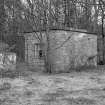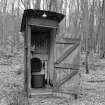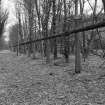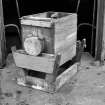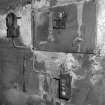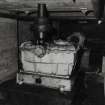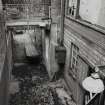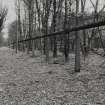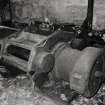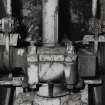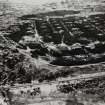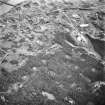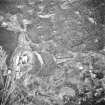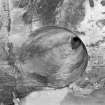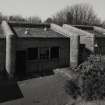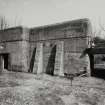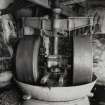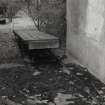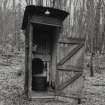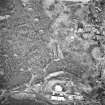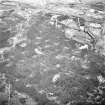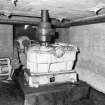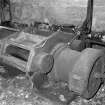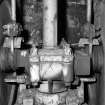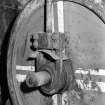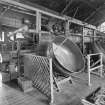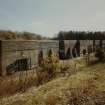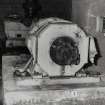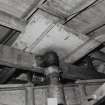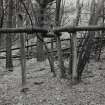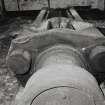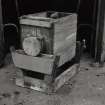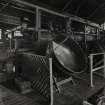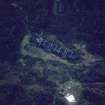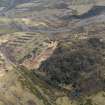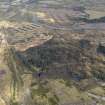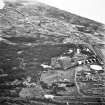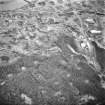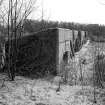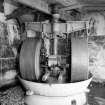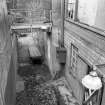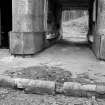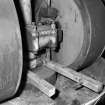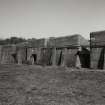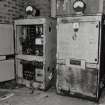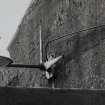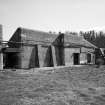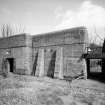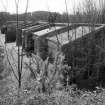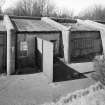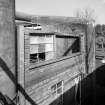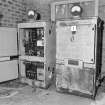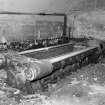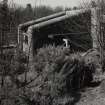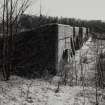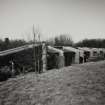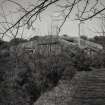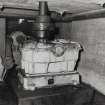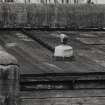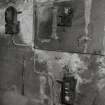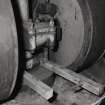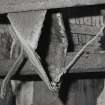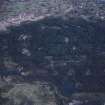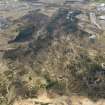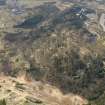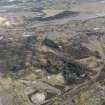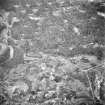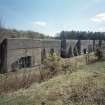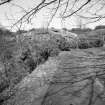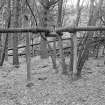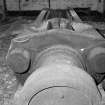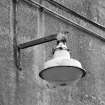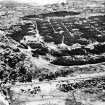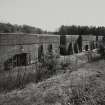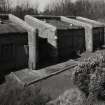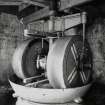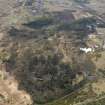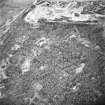Ardeer, Ici Works, Black Powder Works
Gunpowder Works (19th Century)
Site Name Ardeer, Ici Works, Black Powder Works
Classification Gunpowder Works (19th Century)
Alternative Name(s) Ardeer Explosives Factory; Stevenston Site; Gz4
Canmore ID 79610
Site Number NS24SE 47.03
NGR NS 2881 4118
NGR Description Centred NS 2881 4118
Datum OSGB36 - NGR
Permalink http://canmore.org.uk/site/79610
First 100 images shown. See the Collections panel (below) for a link to all digital images.
- Council North Ayrshire
- Parish Stevenston
- Former Region Strathclyde
- Former District Cunninghame
- Former County Ayrshire
NS24SE 47.03 288 412
(See NS24SE 47.00)
Publication Account (22 January 2021)
Blackpowder (also known as gunpowder is made of sulphur, carbon (charcoal) and potassium nitrate or saltpetre (KNO3)) was the first explosive, originally produced in China some 3000 years ago. It consists of a fuel (charcoal) and oxygen (in the from of Nitrate) which will normally explode when confined. It is known as a Deflagrating or Low Explosive with its burning often leading to detonation.
Its principle uses are in artillery. It is also used in Fuses which are a flexible cord in which the core is either Blackpowder (slow burning) or P.E.T.N. (detonating), used to initiate remote detonations. Also used in Safety Fuse which is slow burning where the core is blackpowder within an external spun sheath. The fuse is used to ignite the detonator and provide a delay (usually of specific duration) between the lighting of the fuse and the initiation of the detonator and the subsequent explosion. Blackpowder is also used in fireworks.
Its use in blasting rock in mining, quarrying and civil engineering was widely replaced by dynamite in the 19th century.
Blackpowder incorprating mills were built at Ardeer (see B48307, GZ4 mill block) which by 1991 were disused and the last of their kind in the UK. The mixing of ingredients to make blackpowder at Ardeer for use in making fuses involved the use of suspended edge-runner incorporating mills which were used to grind the components into the right consistency.
JE Dolan and MK Oglethorpe (1996).
Note (22 January 2021)
Blackpowder was manufactured at Ardeer for use in Safety Fuse production. Blackpowder (also referred to as gunpowder) is made from sulphur, charcoal and potassium nitrate (also know as saltpetre - KNO3). To make blackpowder, the charcoal and sulphur was crushed in a ball mill and the saltpetre was crushed using rollers. The three ingredients were then placed into edge-runner incorporating mills. Water was also added. The mixture was then rolled to break up lumps and then pressed into cakes which reduced volume and dust. These cakes could then be cracked into smaller pieces. These pieces were then placed in a Corning Mill to reduce the size further. The resulting powder was then rolled or glazed in graphite powder to increase moisture resistivity and to enable easier pouring. The glazed powder was then sieved into different grades for different uses.
Information from Survey and Recording Section (M McDonald), Heritage Directorate, HES, 22 January 2021.
Note (22 January 2021)
The individual edge-runner incorporating mills in 'GZ4' (looked at as part of RCAHMS survey in 1991 and disused) were electrically driven from below (see image of mill in in 'GZ4' building in B48309). See also details in image SC1376755 of drawing of Mill No. 3 in 'GZ1' mill building.
There were other processes in the production of blackpowder including corning, pressing, glazing and sieving.
Information from Survey and Recording Section (M McDonald), Heritage Directorate, HES, 22 January 2021.










































































































